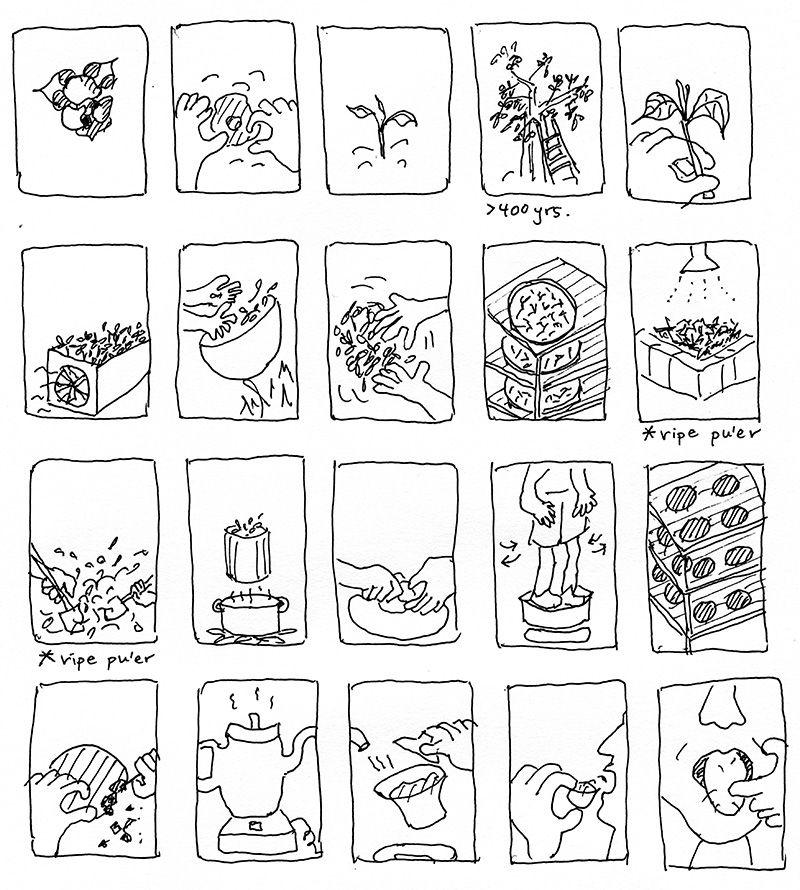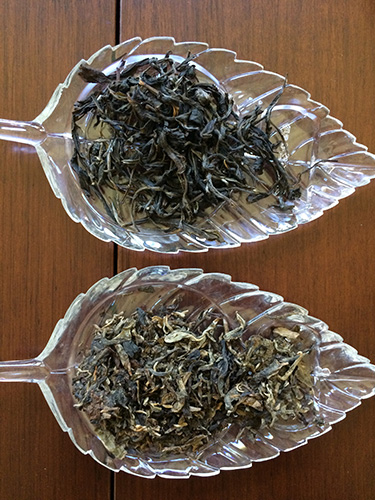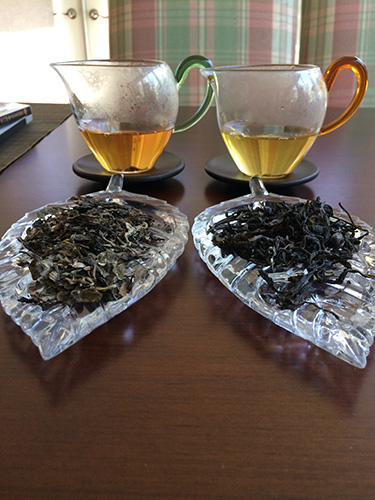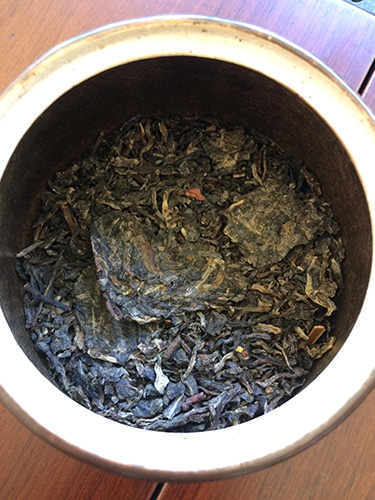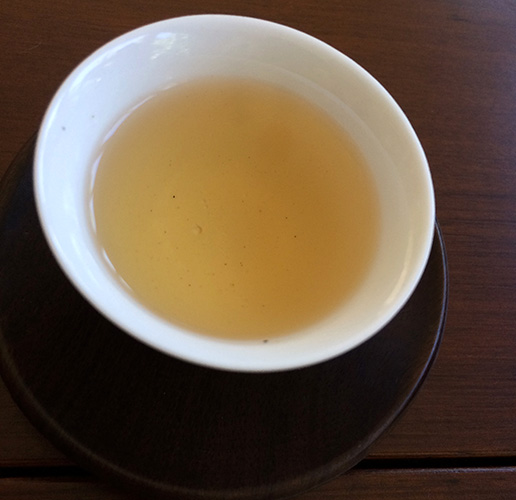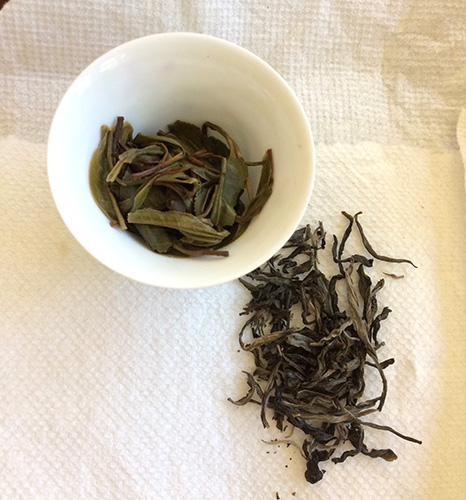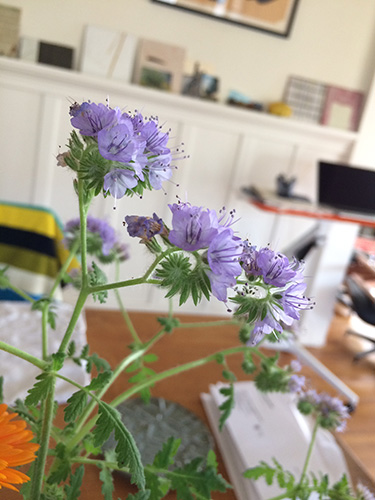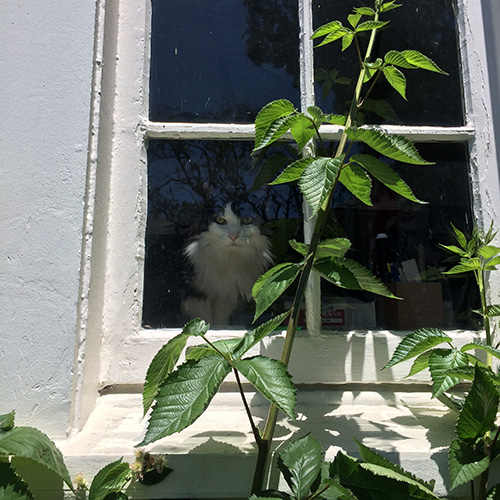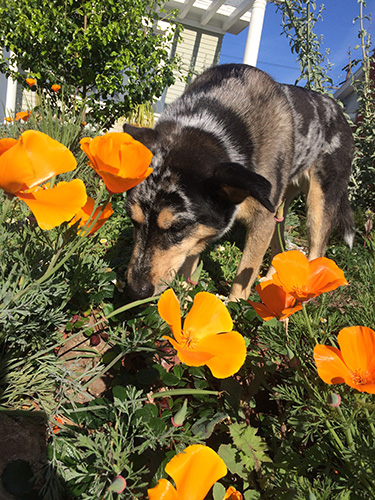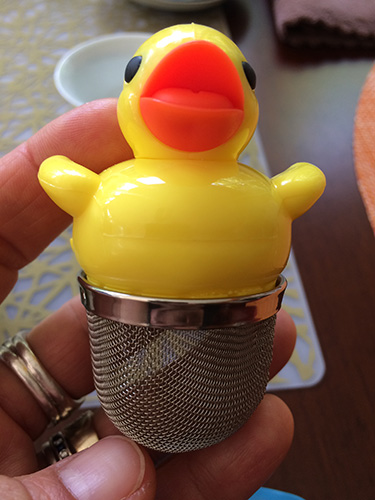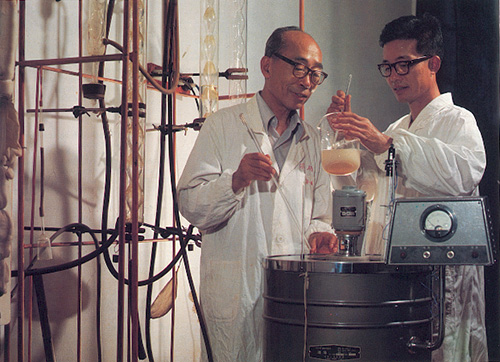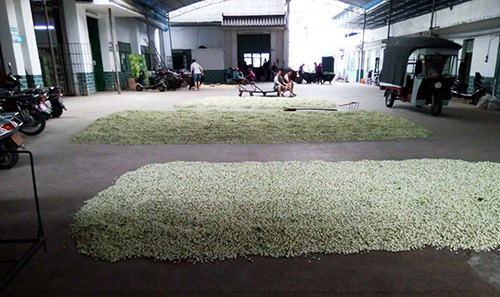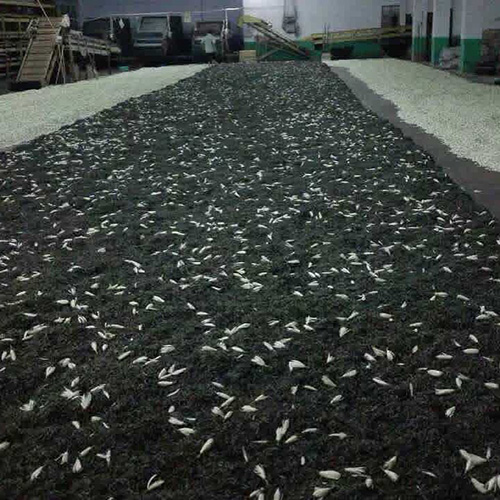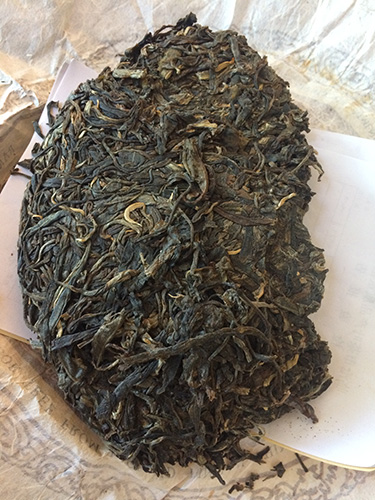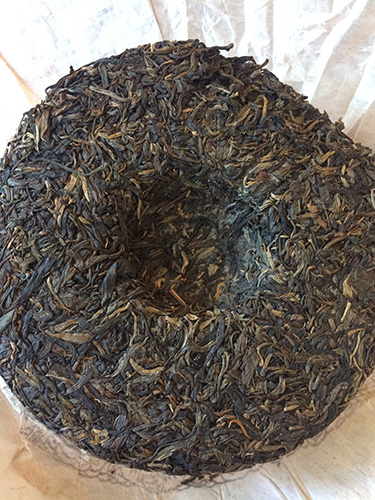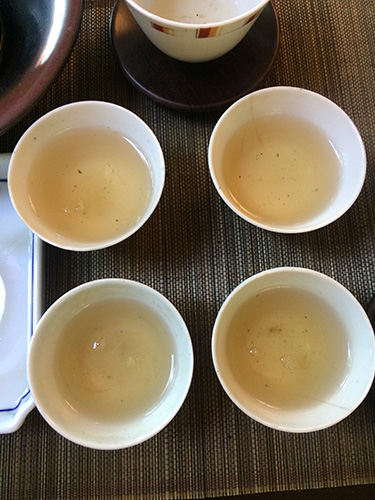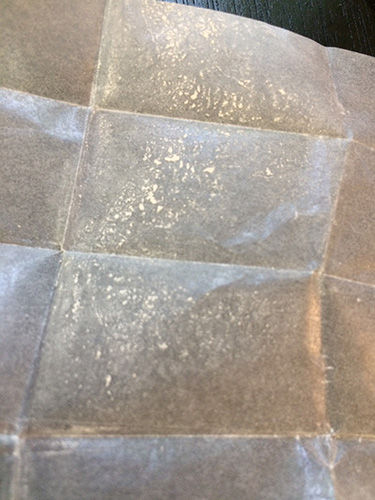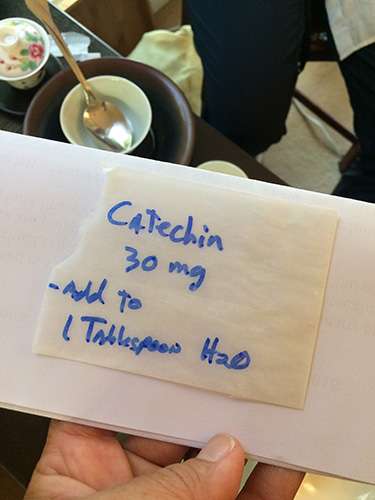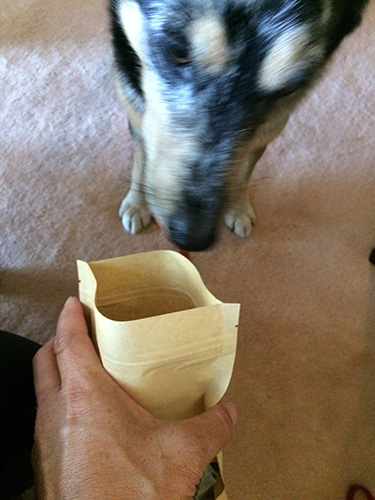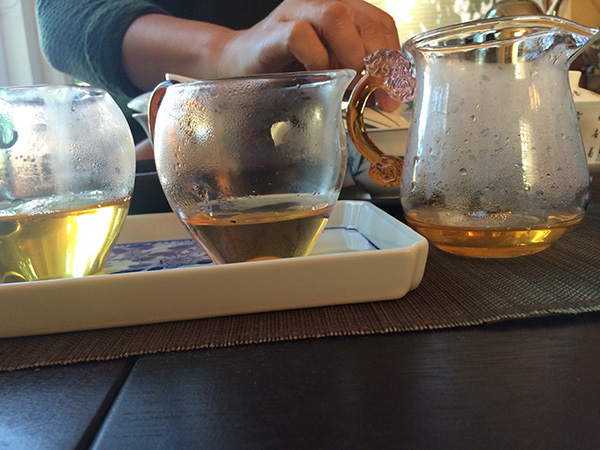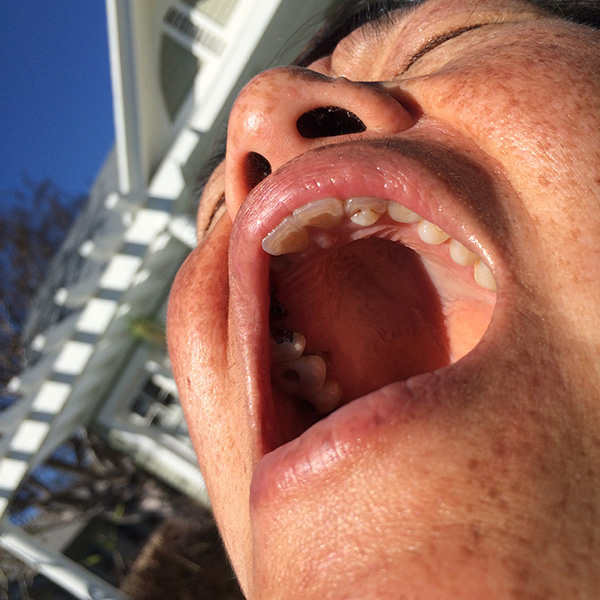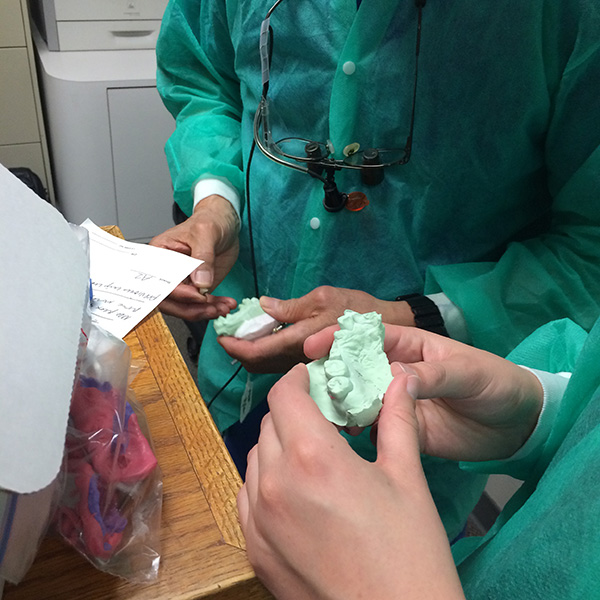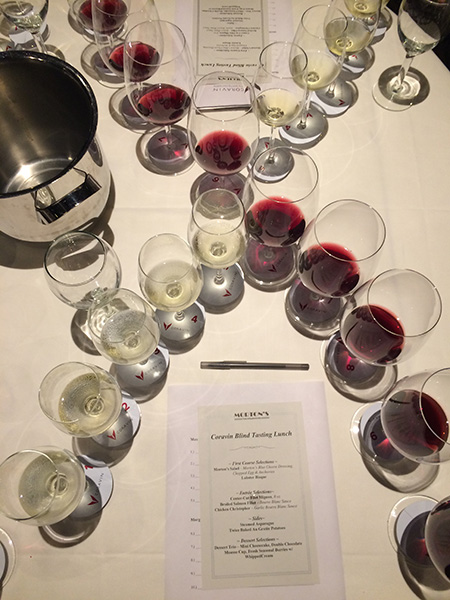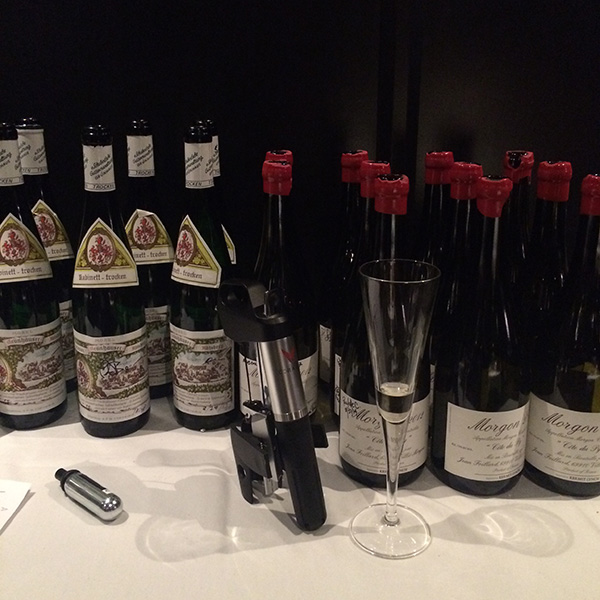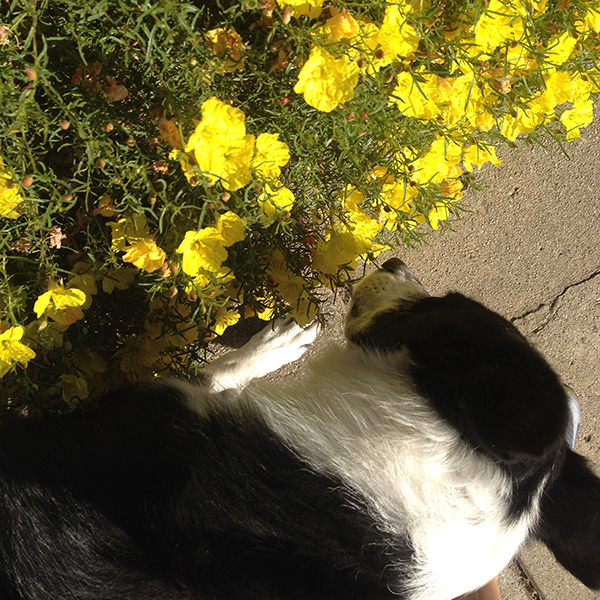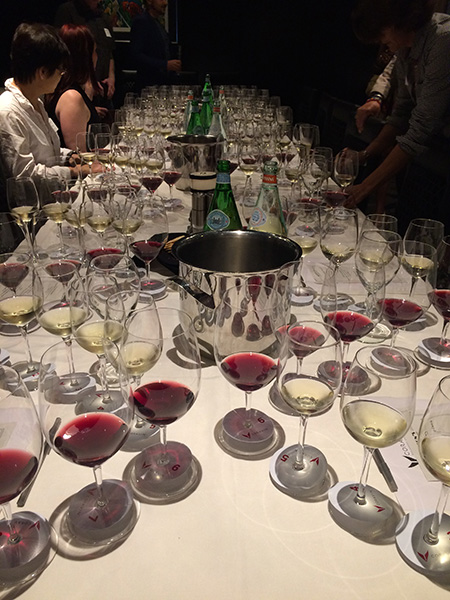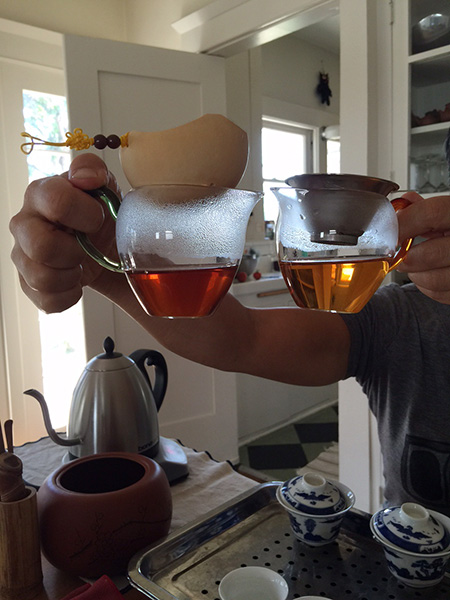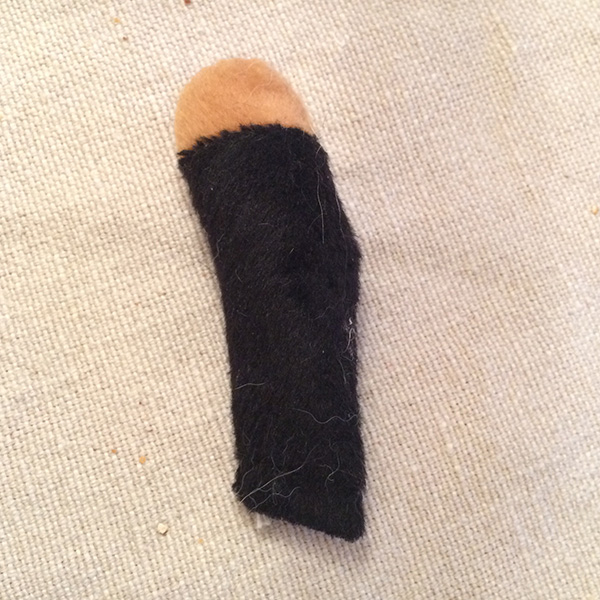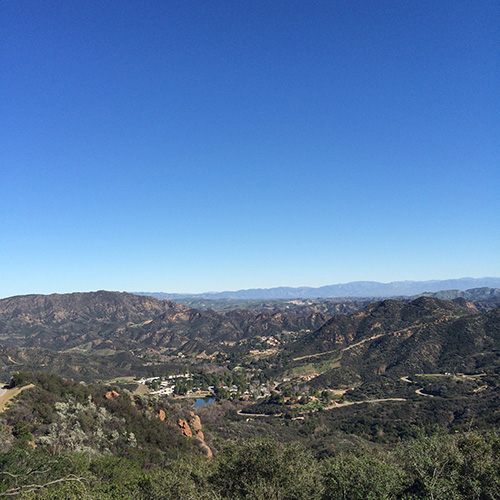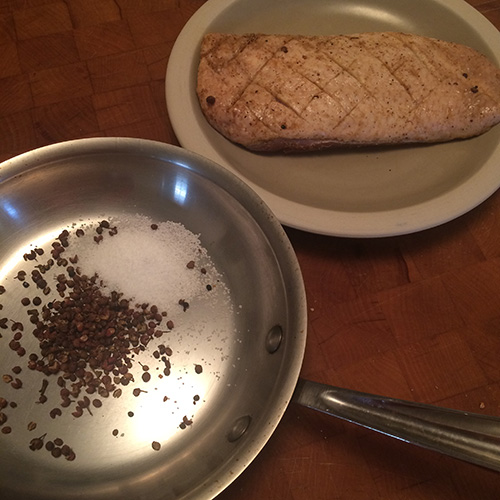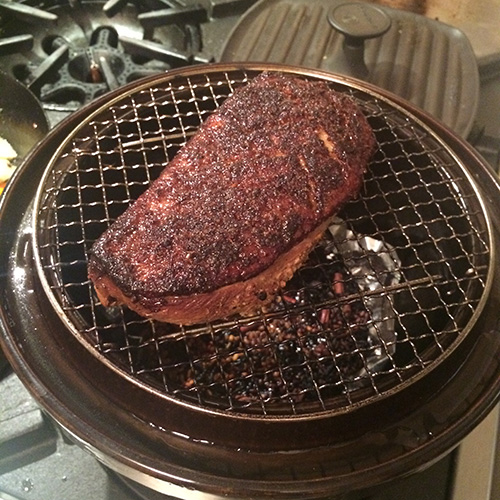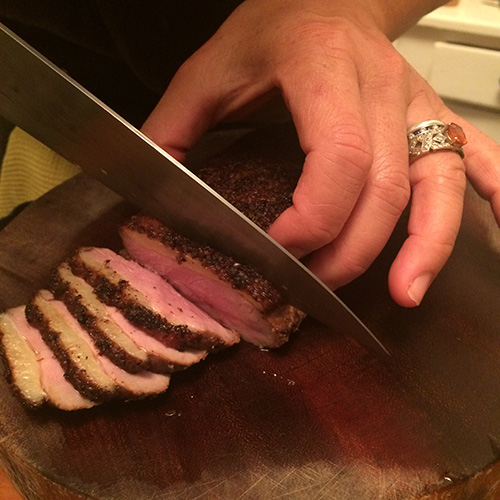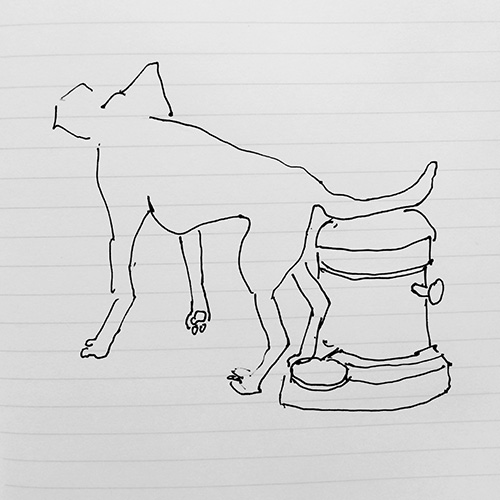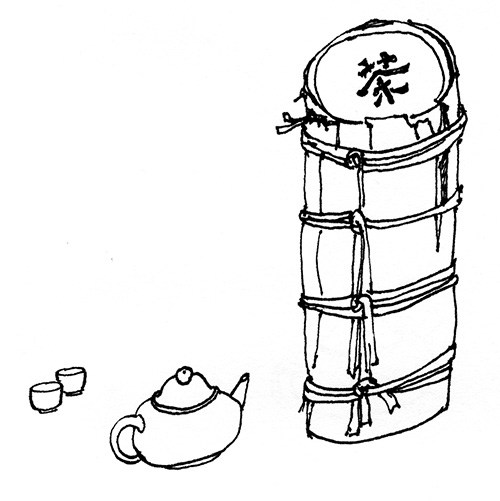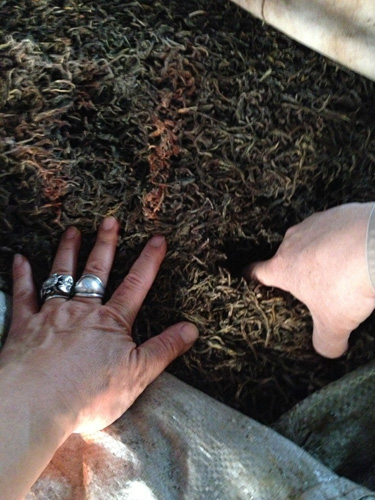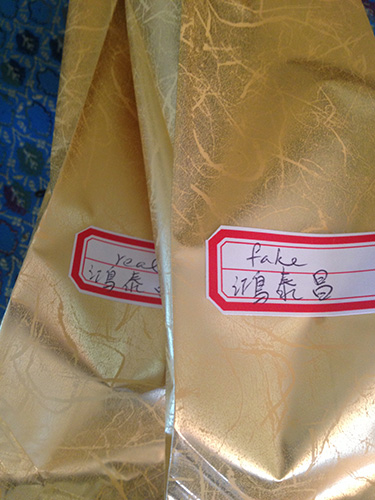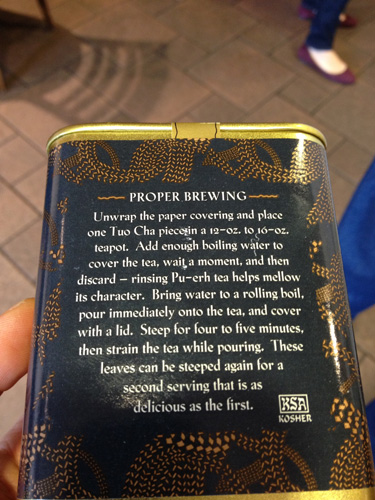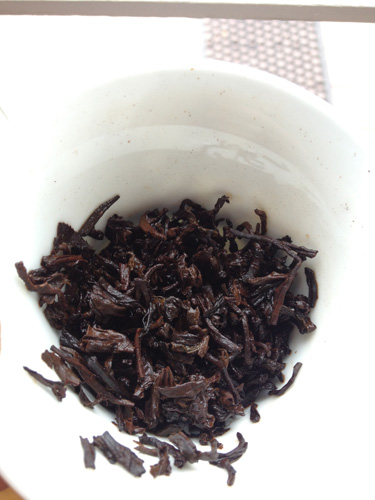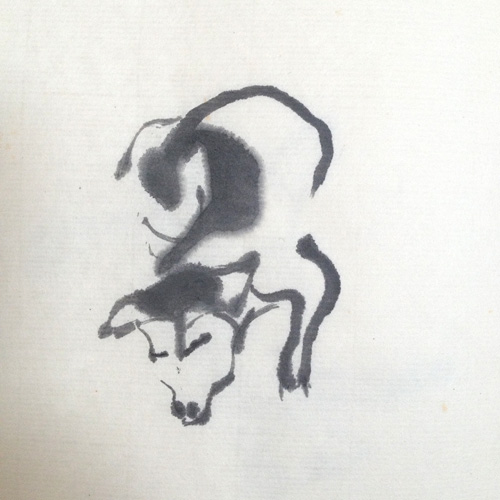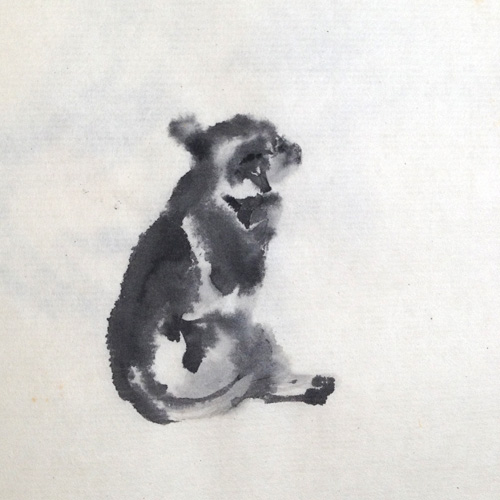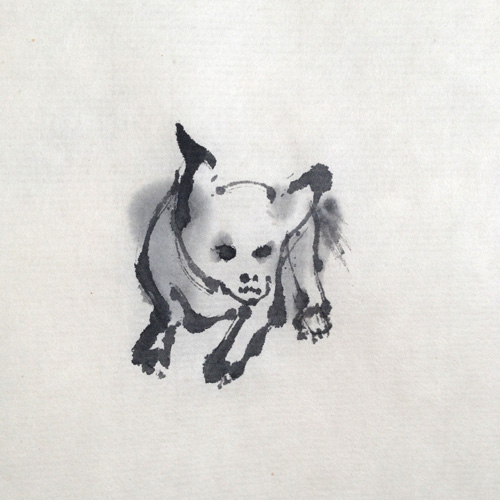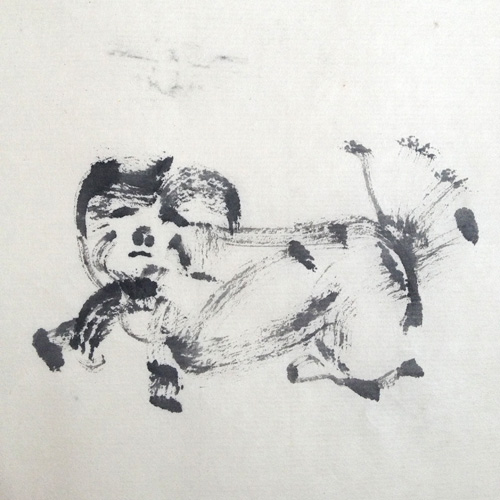For those interested, 1001 Plateaus and Bana Tea Company will be hosting a Tea Lab focusing on pu’er tea at the Huntington Gardens, on Saturday, September 9, 2017 at 9:00AM. We will talk about why pu’er is so unique, and why pu’er made from old trees has a lot of gan, the sweet, sometimes cooling sensation that is experienced in the mouth and throat (yup, like acid reflux) after an initial bitterness, and if you can’t taste the gan you shouldn’t be paying the money that is charged for old tree pu’er.
First, a head’s up. The brilliant Cleaver Quarterly will be publishing an essay I wrote on gan in the very near future so I won’t get into it now. It explains everything. Stay tuned!
As with any kind of tasting, one of the best ways to highlight a certain flavor/effect is to drink it side by side with something that lacks that flavor/effect. So in preparation for our Tea Lab we compared a tea with gan to a tea with no gan.
The crazy thing about gan is that if you drink some tea with a lot of gan, it will infect all the teas you drink afterwards. Best thing is to drink the no-gan first and then wait and see if anything happens. And wait and wait and wait.
After a few minutes of waiting you can probably assume there isn’t going to be a delayed reaction so it’s safe to try the second tea.
The no-gan tea was a 2004 terrace-grown raw tea (with a lot of tips rather than leaves) that had a lot of things going for it taste-wise: it was round, thick (being 13 years old), had a good dried jujube taste, almost like a strong white tea. But without the gan it became more like raisin-juice, which just shows that drinking pu’er is more about flavor and sensation put together, rather than flavor alone.
The tea with gan was a 2017 Mengseng made by our friend Xiao Cao. Here he is in his tea room in Yunnan with a tea table from Laos that took ten people to move.
The 2004 no-gan is the tea on the bottom (on the left in the second photo). The color of the leaves is lighter, due to all the tips, but the color of the brewed tea is darker because of its age.
Next we revisited one of my favorite teas, Young Jade from Denong, which I tasted in 2012 when it had just come out. It’s a blend made from old trees grown in three crazy famous regions – Jing Mai, Xi Gui, and Lao Ban Zhang, picked before the spring rain.
Back then it was a little tricky to brew, it easily went bitter if you used too much or brewed it longer than 5 seconds. I had given some of that tea to a friend who promptly brewed it incorrectly and told me he thought the tea wasn’t very good. So much for that friend. Now five years old the tea has a super sweet gan on top of the last remnants of its floral flavors. Five years is roughly the time the date and plum flavor start emerging so there’s a lot going on in this tea. I think because it’s a blend all the sensations happen at different times, or even on different levels of your mouth. There’s a slight puckery taste at the sides of your mouth, and a sweet, vaporous sensation that floats above your tongue like a cloud. My suspicion is that it’s the Jingmai doing that, levitating, since the next tea we tasted was the 2017 Jing Mai (Meng Ben area) also from Denong, so smooth and floral and crisp we stopped drinking tea altogether and switched to water. Those few grams of leaves next to the gaiwan is all we have (for now) of this tea, and when that last little bit is gone that paper towel will be worth rolling up and smoking.
Updated December, 2017 with link to the essay on gan.
